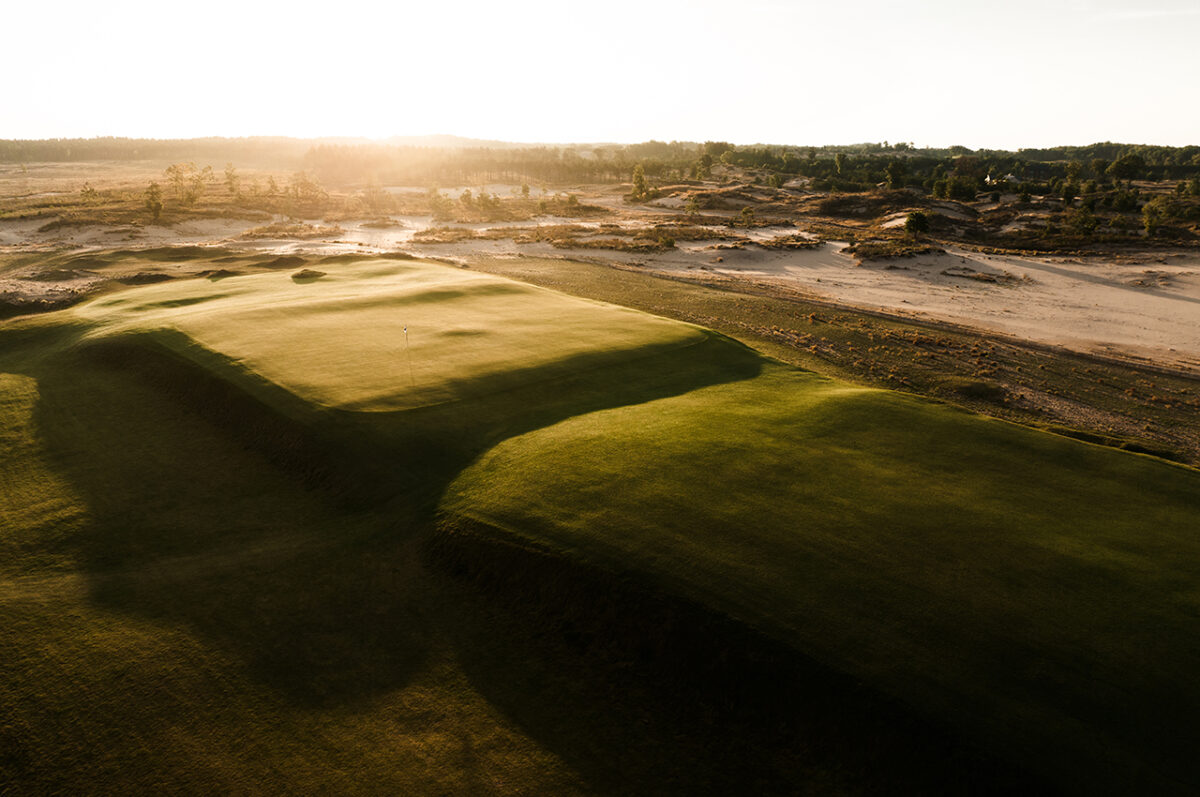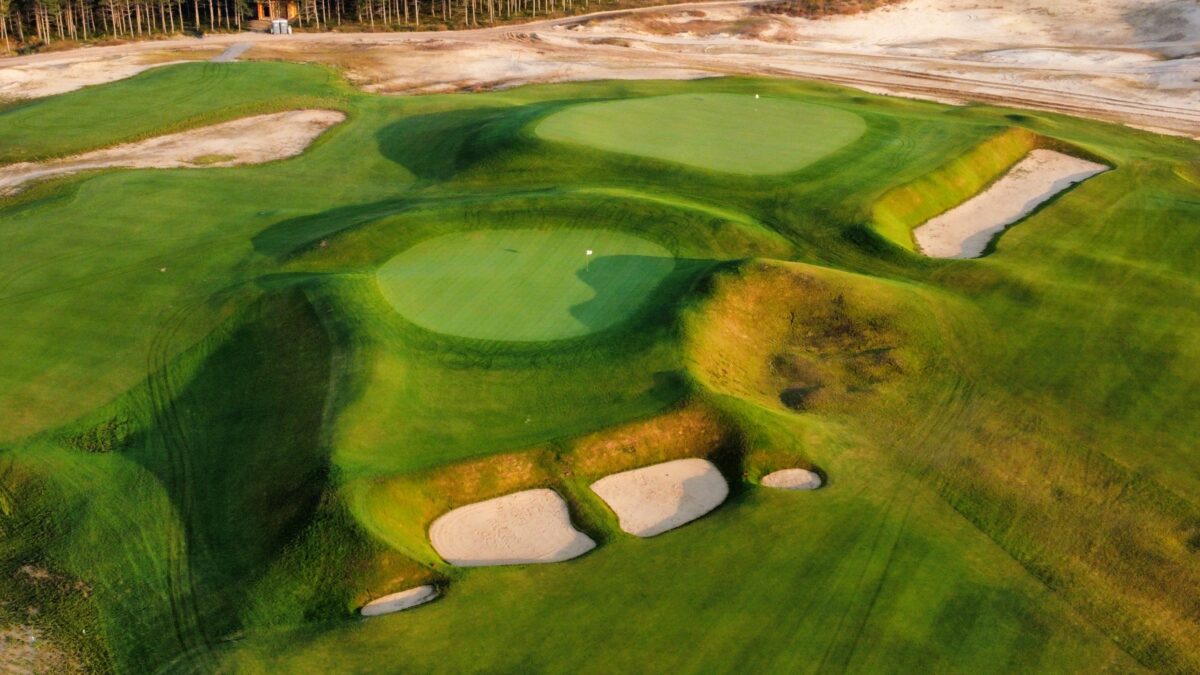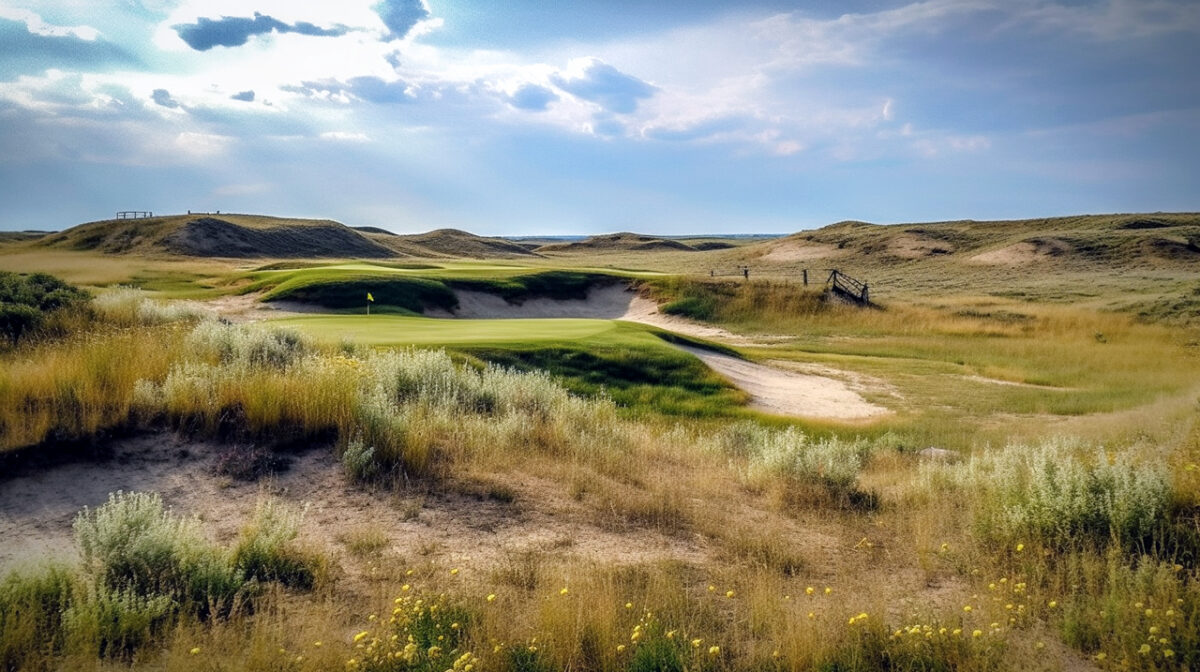(Editor’s note: Bandon Dunes Golf Resort is celebrating its 25th anniversary and Golfweek Travel Editor Jason Lusk put together a comprehensive package for the occasion, complete with Q&As of pivotal people in and around the operation. To see the entire package of stories, click here.)
Michael Keiser is one of the many developers who have emulated the Bandon model to great effect, first at Sand Valley in Wisconsin and now beyond.
It doesn’t hurt that he and his brother, Chris, can go straight to the source and ask their dad, Mike Keiser, for advice.
Michael is always thrilled to talk golf, especially about the secret sauce of building courses. He spoke with Golfweek about the resort’s upcoming 25th anniversary.
When did you first visit Bandon, and what are your earliest memories of being out there?
I think it was in the ’80s, within months of my dad’s first visit. … We would go walk with (Warren) Shorty Dow on his trails and spend time with Shorty and (his wife) Charlotte and their dog, Max. We would walk basically from Shorty’s house to what is now No. 14 of Bandon Trails and down to the dunes that are now Shorty’s (the new par-3 course). The gorse wasn’t quite as thick back then, and we’d make it out to the beach. That was sort of a typical day there.
I just remember how kind of cool the place was when you were 8 years old. I mean, I had no concept of golf at that point, besides like the wilderness golf we would play at (what became) the Dunes Club (in Michigan, built by Mike Keiser). We’d find arrowheads out there by the 16th hole of Bandon Dunes, and it was just an adventure.
You know, my dad in many ways is like a Tom Sawyer figure. He finds an adventure and a game in everything, and he draws in whoever is around him who gets excited about that vision, so it was always just some adventure out there.
Is it fair to make the blanket statement that Bandon Dunes has changed the game of golf?
I think my dad’s greatest legacy is all the developers he has inspired. … There are probably 30 or so places doing it under the Bandon kind of model, their own version of the Bandon model. But there’s never going to be another person who could say they started that movement.
So Bandon is a great achievement, but I think 50 years from now, the bigger legacy will be all the people he inspired to go find their dream golf site, even if it’s in the middle of the nowhere, and turn it into their dream golf development. Chris and I feel very lucky to be among those followers and disciples. It’s changed the course of golf course development, putting a premium on golf course architecture and sites of beauty.

What’s the best advice your dad has given you since you got into the developer’s game? Especially with Sand Valley.
There’s many permutations of it, but it’s to put the golf first. So, there’s many takeaways from that. But put the golf first, second and third.
The way I’m applying that today is that it means go slower. Going fast is not putting the golf first. Even if you find a great site and you say it’s golf first, if you’re going too fast, you’re not putting the golf first.
So that principle has all sorts of applications, but it really starts with the golf. It means a great site that can be completely uncompromised, and it means a genius architect. And then you have patience and go slow. I think it’s still our secret sauce.
How often do other developers or resort operators contact you for advice these days?
They do it more and more these days, and I really enjoy it. There are two groups of people, I would say. There’s an established group, and to me it’s sort of a fraternity of developers and we all counsel each other and advise each other, so it’s nice to have. (It’s about having) a sounding board – not just my dad, it’s somebody else who has done it and is doing it. Then there are the new upstarts, and they start reaching out … and I enjoy talking with them, too.
The best advice I could ever give anybody is just go slowly. The slower you go, the better the experience will be for the customers in every facet of the business. Now it doesn’t mean dillydally or don’t start. I like going fast to the starting line. But if you can build a course over (several) years instead of one year, it can be better. …
I see a lot of the upstarts are rushing, you know: I gotta get there, I gotta get to market or something. They have debt or investors who pressure them. I try to just counsel them to slow down, and I try to counsel myself to slow down.
What are your observations on how your dad interacts with the staff to incentivize them and keep them interested in what they’re doing?
Part of it is just his charisma. He does have a wonderful positive light that is always on. … He’s always present with people. It might just be a very short, quick interaction, but he gives people his undivided attention when he’s with them.
One important thing I’ve learned, a piece of advice he always gave me, is he said accept every single meeting request or call request. It’s a cultural way of doing things. He does that and I try to do that, and it takes time. But people appreciate being heard. If somebody does reach out, they know that he’s accessible, and that’s rare, I think.
Having watched all this unfold for 25 years, what else is part of the secret sauce I haven’t asked about or that people might want to know?
In case it hasn’t been said enough, I think we focus on delighting our guests. We just want to delight them, and I know that every single employee at Bandon, that’s what they focus on. We empower them to do that in their own way.
In our business we’re frugal and efficient, but (our main focus isn’t) the cost schedule or the budget. Our passion is delighting our customers, and we all truly love it. I know that message has gotten through to everybody who works at Bandon.
It’s so exciting and exhilarating because people coming to Bandon to play golf are planning this out a year or two years in advance. They come in with such excitement and energy that it brings that energy into the resort. You just can’t help but absorb that.













